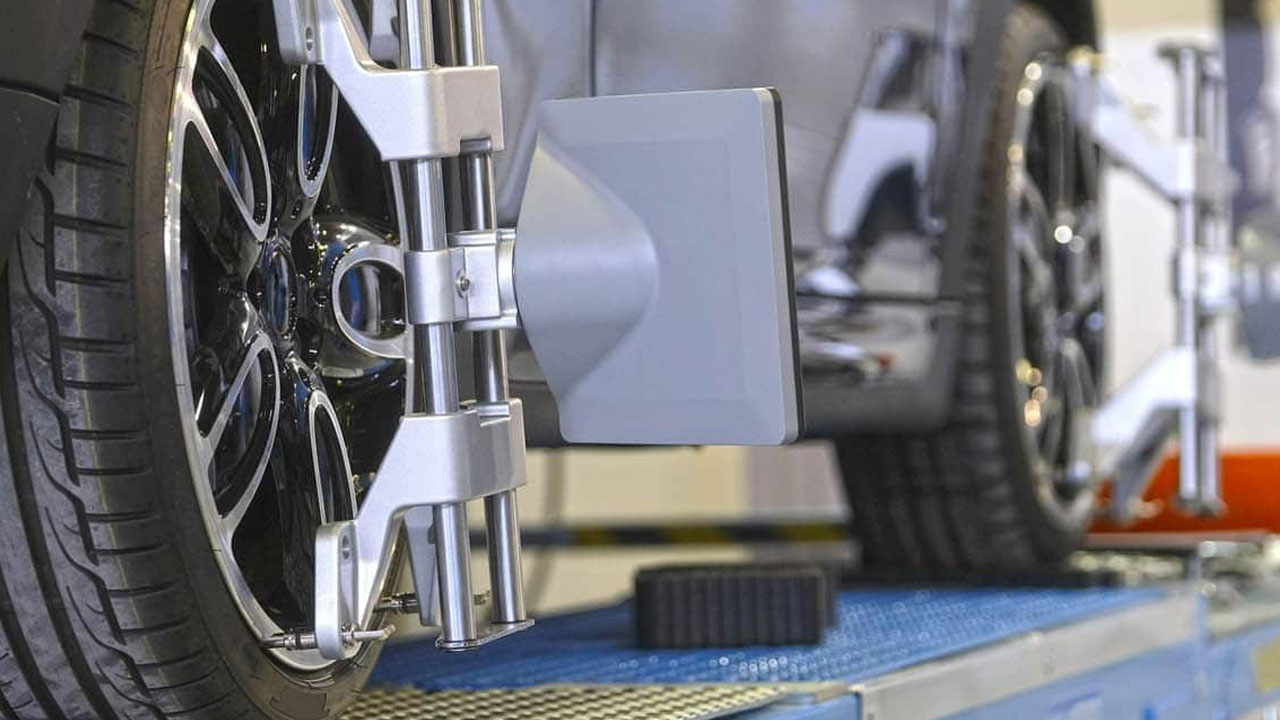A fact of life for car owners is that they'll need to keep up on their vehicle's maintenance and repairs. Ongoing maintenance of a vehicle is unavoidable, but if you're proactive about it, you can minimize the time and expense required.
And when it comes to the really serious matters of maintenance that go far beyond a fresh coat of wax, it’s always best to really be on top of it, given that your safety relies on it. This is seldom more true than when it comes to your car's alignment.
What causes alignment problems?
Cars are complex devices, and the factors that cause problems with them can be complex, too. This is particularly true when it comes to your car's alignment.
Impact is a very common cause of alignment issues. It’s no surprise that if you’re involved in a big fender-bender, your car’s alignment will likely be affected. But even a relatively minor impact like hitting the curb or running over a pothole can play havoc with your axles. Even worn-down parts can upset your car’s proper alignment over time, which is another reason why being diligent about regular checkups and servicing is essential.
So make sure to watch for any issues you car has that can indicate it's in need of alignment. And remember, if it's not corrected, it can pose a real safety risk. Here are 5 signs your car needs an alignment.
1. Fast tyre wear
Stats show the average vehicle is driven 13.4 thousand kilometers each year. So it’s no surprise that when there’s something wrong with your alignment, all those kilometers can really begin to add up fast in wear and tear.
There is, of course, no hard-and-fast rule for how long your tyres should last, since every set of tyres will wear differently depending on the driver’s habits
and the terrain you drive on. But you can use the average period your tyres tend to last as a good guide. So if you notice your tyres are wearing down faster than normal, it’s a wise move to have your alignment checked out.
2. Uneven tyre wear
In addition to your tyres wearing out faster than normal, uneven tyre wear may also be a sign that your car is out of alignment. Uneven tyre wear can be hard to gauge sometimes, if one tyre has sustained damage like a bubble or puncture
due to a rock or other piece of road debris.
But if most or all of your tyres show wear on only the inside or outside edges, or show feathering or scalloping, that's usually clear evidence of an alignment issue.
3. Vehicle pulls to one side
Pay attention if your vehicle pulls to the left or right independent of your steering. While sometimes other factors can influence the way your car’s steering behaves, an issue with the alignment is a common culprit.
An exception to this exists if you regularly drive your car on uneven or unpaved roads, as an uneven road can affect your steering. If this is the case, the best way to test your alignment is to go find a nice flat concrete car park somewhere. If it still pulls on a flat surface, that’s a sign there's a problem.
4. Screeching tyres
Sometimes tyres will screech. We see it
in Hollywood movies – and if you make a minor mistake like going too deep on a roundabout, you may find your tyres let out a screech in protest as you put some extra pressure on the brakes.
But normally, tyres shouldn’t screech – and if they do, there should be an obvious reason behind it. So if you find your tyres are screeching for no good reason, it’s usually a strong indicator your alignment has gotten out of sorts. In addition to being bad for your rubber, screechy tyres can also be a driver distraction, and therefore a safety issue that should be attended to ASAP.
5. Crooked steering wheel
Alongside your car pulling to one side or the other, you should also watch out for an uneven or off-center steering wheel. Your steering wheel should stay fairly centered and straight as you're driving, especially on a flat and straight road. (There may be a slight amount of unevenness on even the flattest road, which can affect your steering wheel slightly, but overall it should be level). Your steering wheel should also return to center on its own after you make a turn, notwithstanding your hands guiding the wheel. If this doesn't happen, or you otherwise suddenly find your steering is not as good as it was previously, that's an indication that your alignment may be off.
A weighty issue
In addition to the 5 signs mentioned above, you can also take steps to help prevent an alignment issue from arising in the first place. For example, always be mindful of the weight you carry in your car. This is because the more weight your vehicle carries, the more your car’s suspension can wear down, impacting your alignment.
Making a couple of trips with a heavy boot is unlikely to dramatically impact your car’s alignment – unless you're trying to move your entire team’s bowling ball collection
in a MINI Cooper – but if you find yourself needing to transport heavy items regularly, it’s important to consider if your vehicle is fit for that purpose.
There are vehicles built to transport heavy gear, and have the weight distribution to manage it. Your humble commuter car may not, so if you need to move lots of weighty goods from now on, it's best to consider hiring or acquiring a new vehicle to avoid constant issues with alignment.
Courtesy: www.tyreright.com.au

